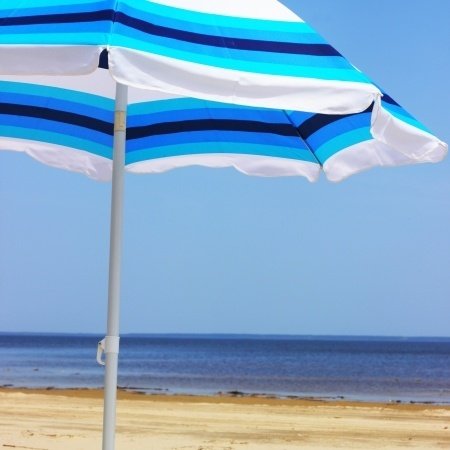The street is quiet in the weekends. Neighbours flock to the beach for a day or two. Everyone knows someone who has a bach (holiday house, called a crib on the South Island) at the beach. West, East and South coast are all within an hour’s drive. Swimming, catching a wave, fishing and relaxing are the most popular activities.
However this is New Zealand and six weeks of warm to hot weather with low rainfall doesn’t necessarily mean a long dry summer. In these parts we could still have the wettest, hottest, driest, windiest, cloudiest and sunniest (or some combo of them all) before summer ends in April.
For now things are great.
|
Yep – the weather in New Zealand sure changes. Because New Zealand is relatively small and long you are always close to the ocean. The consequence is that the weather is heavily regulated by the ocean. It does not get extremely hot in summer (high twenties, low thirties is the hottest parts of the country), neither does it become very cold in winter (frost and snow are a rarity). While here, you will discover the weather can go through all four seasons in a single day. I never leave the house without a jacket, even if it is 26 degrees.
The upside of being close to the coast is you always have a breath-taking view close by. The upside of changeable weather is that there falls lots of rain as well, which gives of our gorgeous green forests. And there is even and upside to earthquakes and volcanic eruptions. They give us the ragged peaks of our mountain ranges and the rolling hills. Everyone knows New Zealand is beautiful. If you don’t, I really don’t know where you have been living all of these years. Ok, I am a bit biased but nowhere in the world compares to New Zealand. There are lots of countries with natural beauty. I am a big fan of Canada myself where you have great, fantastic scenery. But here is the catch: you have to drive for kilometres on end to see them. Not so here. I just look out of the window and a really breath-taking view is just 20 minutes away. No matter where you drive to, once you live the (small) cities and towns, you uncover wonder. The roads are narrow and bumpy, but that is because they aren’t just asphalt. It is driving through paradise. |
The street is quiet in the weekends. Neighbours flock to the beach for a day or two. Everyone knows someone who has a bach (holiday house, called a crib on the South Island) at the beach. West, East and South coast are all within an hour’s drive. Swimming, catching a wave, fishing and relaxing are the most popular activities.
However this is New Zealand and six weeks of warm to hot weather with low rainfall doesn’t necessarily mean a long dry summer. In these parts we could still have the wettest, hottest, driest, windiest, cloudiest and sunniest (or some combo of them all) before summer ends in April.
For now things are great.

Recent Comments